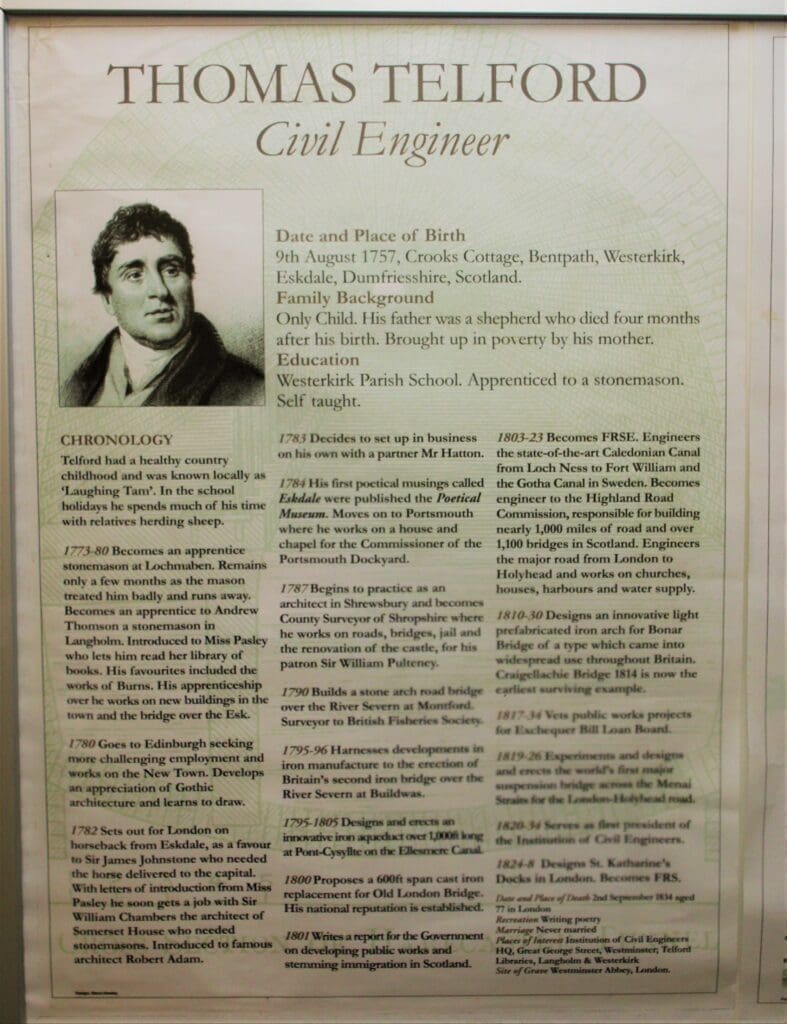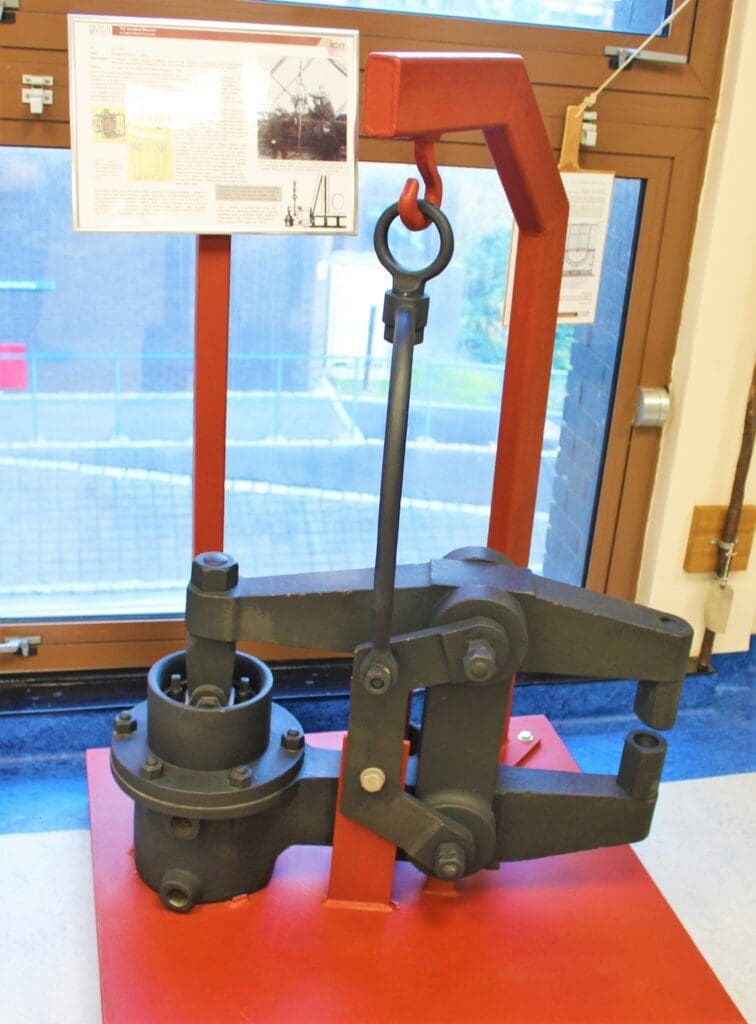If you want to view the history of the early days of canal engineering on ICE, then set your sights on a visit to the ICE Scotland Museum at Edinburgh’s Herriot Watt University.

The ICE in question stands for the Institute of Civil Engineers, and the professional body operates the museum over three floors of the university’s William Arrol Building. There’s plenty of information on early, Scottish engineers, and, especially, about Thomas Telford, who, famously, built the Caledonian Canal.

“We have a special place for Telford,” said curator and chair of the committee which runs the museum, Professor David McGuigan. “Not only did he design and supervise the construction of the well-known Caledonian and Ellesmere Canals, and many bridges over waterways and rivers, but he was also the first president of our institute.”

One of the more unusual exhibits on display is a section of rail from the building of the Caledonian Canal, built between 1804 and 1822. “Most people don’t know that Telford used a plateway, that is a railway with flanged rails and wagons moved by horse or human power to move earth and materials during the building of the canal, and we’re very fortunate to have a section of this early, and unique, rail on show.”

The museum also houses a collection of surveying instruments used by early engineers in canal and railway construction, while there’s a riveting machine, used to drive some of the 6 million rivets used in the construction of the Forth Railway Bridge. It was carefully engineered to boat traffic on the River Forth to pass safely under it, and the museum also house an impressive, a large-scale model of on one of the bridge’s skewbacks.
The ICE Museum is open Monday to Friday 8.00 am to 6.00pm, entry is free, and self-guiding leaflet is available. Full details are at https://ice-museum-scotland.hw.ac.org
#towpathtalk #canals #canalsandrivers #narrowboat #rivers #waterways #lifeonthecut #boating #boats



